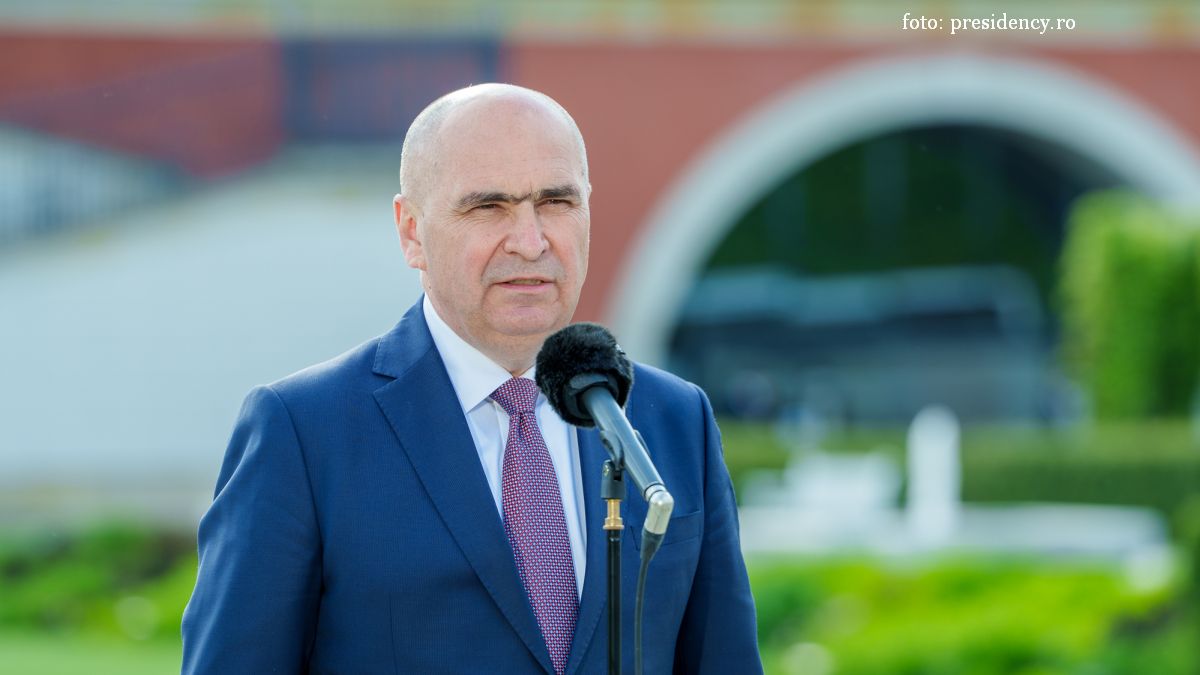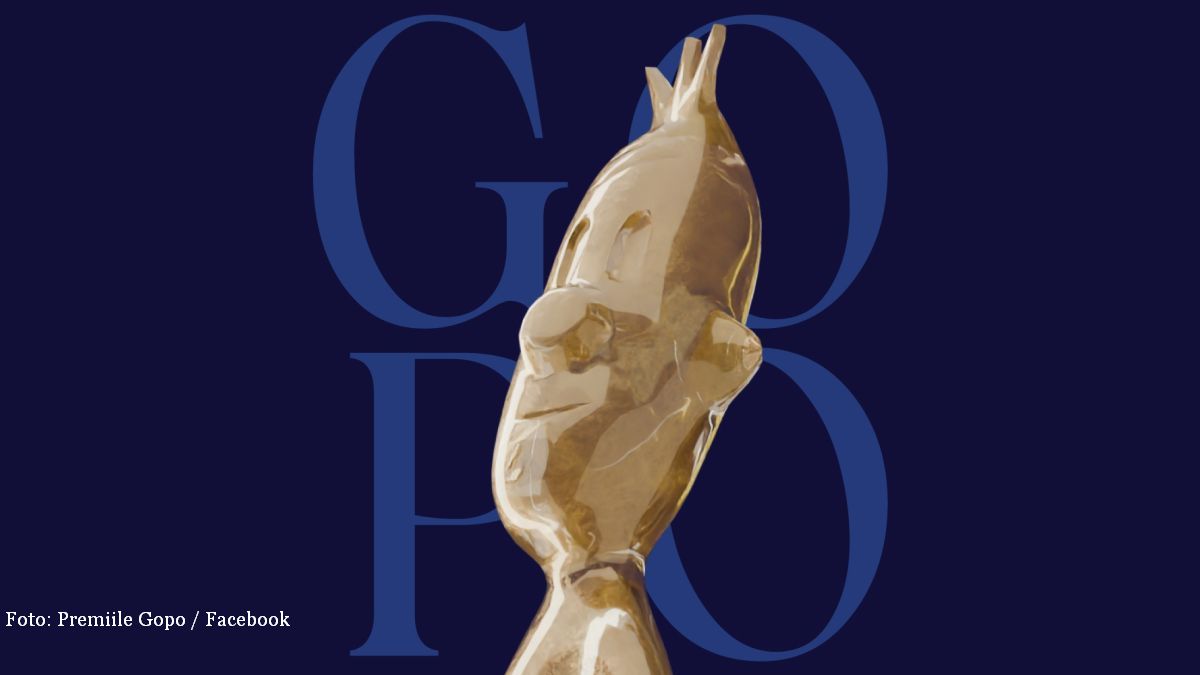The latest developments in Romanian economy
At minus 1.9% in August, the annual inflation rate reached a new low in the last 25 years.

Daniela Budu, 11.09.2015, 13:51
The National Bank of Romania has given assurances that Romania does
not face the risk of deflation. The annual inflation rate dropped to minus 1.9%
in August compared to minus 1.7% in July, thus reaching its lowest level in the
last 25 years. According to the National Institute for Statistics, this is the
third consecutive month to report a fall in the inflation rate. Food products,
in particular eggs, sugar, potatoes and corn flour, saw the highest decrease in
prices, which dropped by more than 7% in August compared with last year.
Analysts say the negative annual inflation rate is largely the
result of the reduction in the VAT for food products. This downward trend may
continue until May 2016 following the cut in the VAT rate for food in effect
since June and in the standard VAT rate to 20% starting next year. The fall in
the inflation rate has been more abrupt than expected by analysts, who also say
the inflation rate will not come back to the target set by the National Bank of
Romania before 2017.
The figures confirm the bank’s forecasts for this summer, according
to which the inflation rate will remain negative over the next three quarters.
Despite this, the governor of the National Bank Mugur Isarescu says Romania
does not risk going into deflation because there is no inflationist pressure as
a result of an increase in public sector salaries and because consumption has grown
and may even reach 10% by the end of the year. While not entirely reflected by
prices, the VAT cut for food and drinks will in time lead to a growth in
consumption and give a new boost to economic growth, the government hopes.
The National Commission for Prognosis recently improved economic
growth figures for 2015 from 2.8 to 3.3% and says the pace of growth may pick
up even more in the coming years to reach 4% by 2018. The European Commission,
the World Bank and the European Bank for Reconstruction and Development
estimate that the economy will grow by over 3% on an average in the next few
years. Romania had one of the highest economic growth rates in the European
Union in the second quarter of 2015 compared with a similar period in 2014. Its
good economic growth rate, low inflation, stable leu-euro exchange rate and low
public debt make Romania a possible destination for foreign investors.
Next to Malta and the Czech Republic, Romania has seen the highest
annual economic growth rate in Europe. In the second quarter of the year,
Romania’s economy grew by 3.7% compared with the similar period last year,
while Malta’s economy grew by 4.8% and the Czech Republic’s by 4.4%.






























